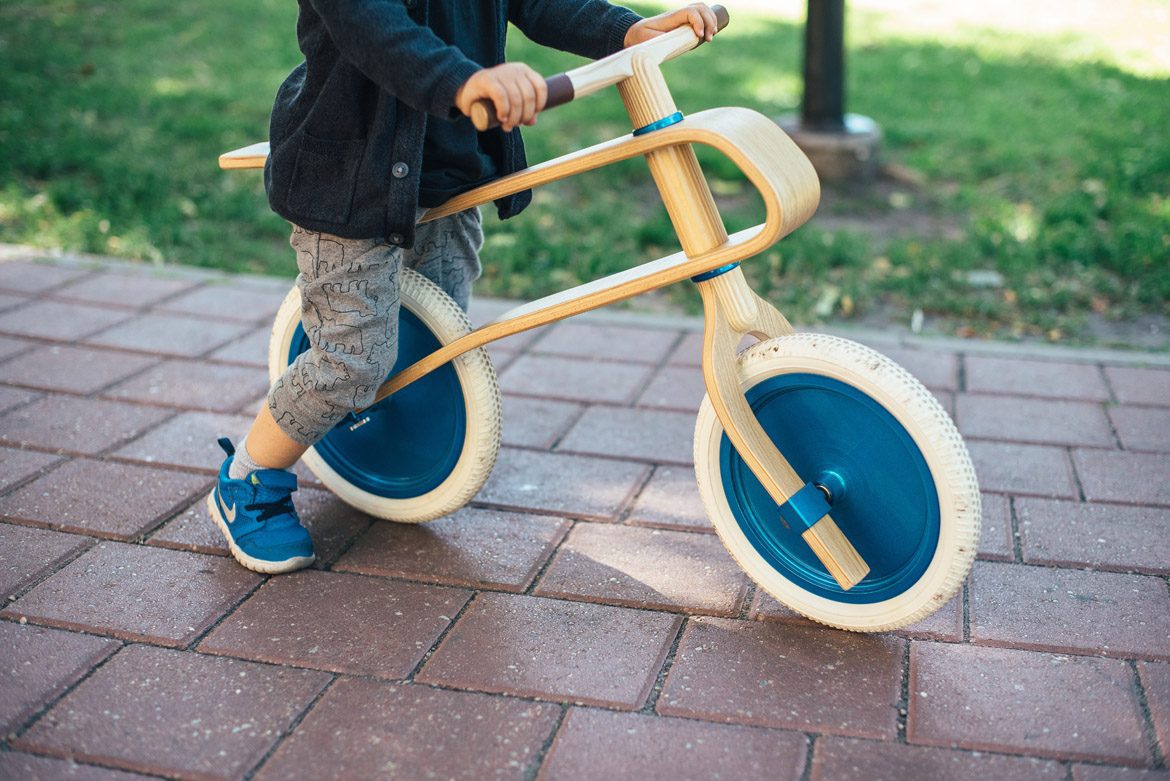By Annie Fortunato
The habits we form from childhood make no small difference, but rather they make all the difference. -Aristotle
We spend much of our lives doing our best to keep our children safe. We bundle them up when it’s cold. We feed them healthy foods. We put plug covers in the electrical outlets. We put child safety locks on all the cabinets. We buckle them safely into their car seats.
So, why in the world would we ever allow our precious little ones to take any sort of risk that could get them injured? That seems crazy, right? Maybe not. When children are allowed to participate in risky play, it challenges their bodies in new ways. It develops strong muscles and organizes the senses, which increases their cognitive development. For instance, going upside down moves the fluid in the inner ears and helps improve spatial awareness. Spinning in circles improves balance and attention. And climbing to high heights advances children’s motor skills and promotes a sense of self-confidence and accomplishment. I will never forget the time when my oldest son, Neko, conquered a 30-foot tree and proclaimed, “I am the king of all of the earth!” He walked taller that day.
Over time, our definition of risk-taking changes. As a teenager, standing up to a bully or going against peer pressure would be considered a risk. And as adults, climbing a tree is no longer exhilarating, but perhaps changing jobs and getting married is a big risk. Allowing our children to take these chances today – in a safe, supportive environment – allows them to practice these skills for more important life decisions as they get older.
HAZARDS VS. RISKS
In my “other life,” outside of Hike it Baby, I am an Administrative Director at a preschool where we encourage risky play. We get tons of questions and concerns from parents about risky play. We always start out with addressing the difference between “Hazard” and “Risk.” Risks are situations with the possibility of being dangerous, while hazards are situations that are inherently dangerous.
SO WHAT EXACTLY IS RISKY PLAY?
Risky play is defined as play that provides opportunities for challenges, testing limits, exploring boundaries, encountering uncertainty and learning about injury risk. Walking, running, climbing and riding a bike require negotiation with injury risks. If a child isn’t willing to get hurt, they can’t acquire these skills as readily, if at all!
Ellen Sandseter, a professor at Queen Maud University in Trondheim, Norway, has identified six categories of risky play.
- High heights: Children climb trees and other structures and gain a birds-eye view of the world and the thrilling feeling of “I did it!”
- Rapid speeds: Children swing on vines, ropes or playground swings; slide on sleds, skis, skates or playground slides; and ride bikes, skateboards and other devices fast enough to produce the thrill of almost, but not quite, losing control.
- Dangerous tools: Depending on the culture, children play with knives, bows and arrows, farm machinery or other tools. There is, of course, great satisfaction in being trusted to handle such tools, but there is also thrill in controlling them.
- Dangerous elements: Children love to play with fire or in and around deep bodies of water – either of which poses some danger. Even playing with sticks could be considered a dangerous element.
- Rough and tumble: Children everywhere chase one another around and fight playfully. Kids nearly always prefer being in the most vulnerable position: the one being chased or the one underneath in wrestling, which involves the most risk of being hurt and requires the most skill to overcome.
- Disappearing/getting lost: Who doesn’t love a game of hide-and-seek? Children experience the thrill of temporary separation from their companions. Older kiddos venture off on their own away from adults into territories that, to them, are filled with imagined dangers.











